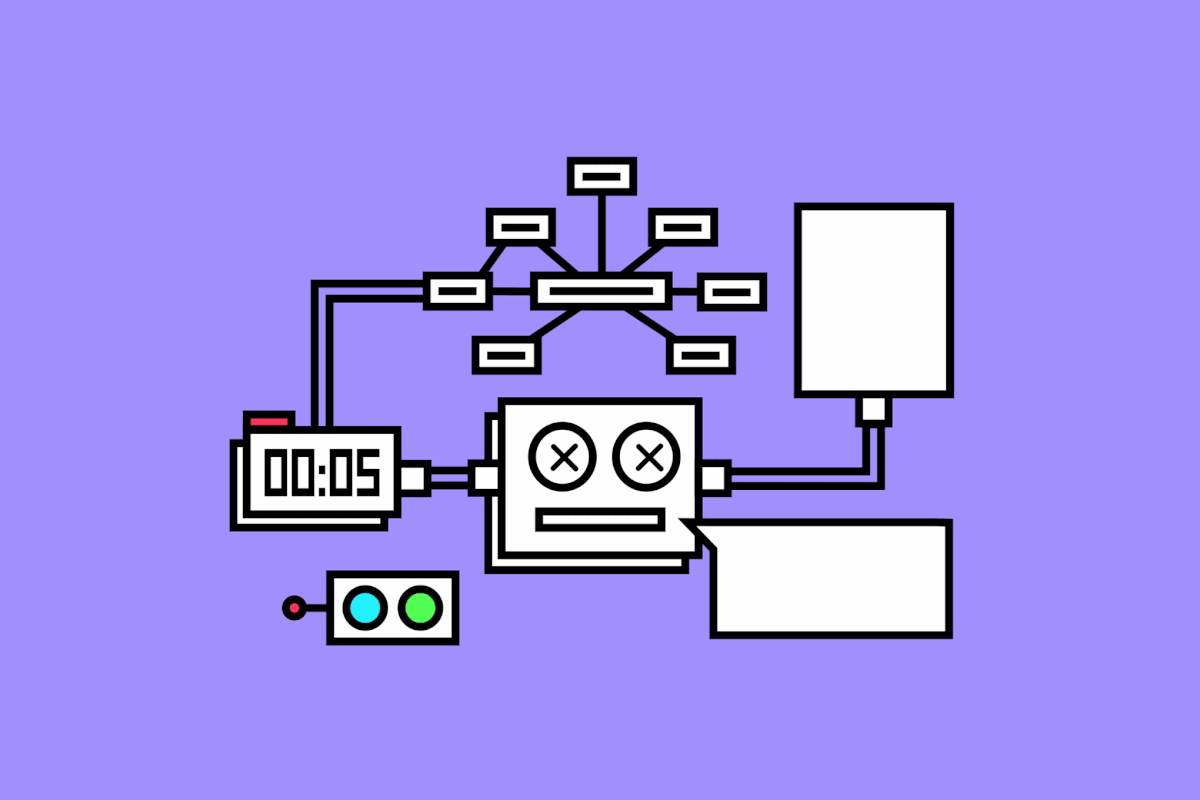
FIG. 1:
Turing Test
Source: Square Holes |
A machine passes the Turing Test just in case an ordinary human judge, after communicating with the computer by teletype, is unable to tell whether she is communicating with another human being or a machine
The Turing Test was first outlined by Alan Turing (1950)
A machine passes the mini-Turing Test just in case it is able to correctly answer causal questions that a human being can answer, after a simple story has been encoded into the machine in some way (Pearl & Mackenzie, 2018)
|